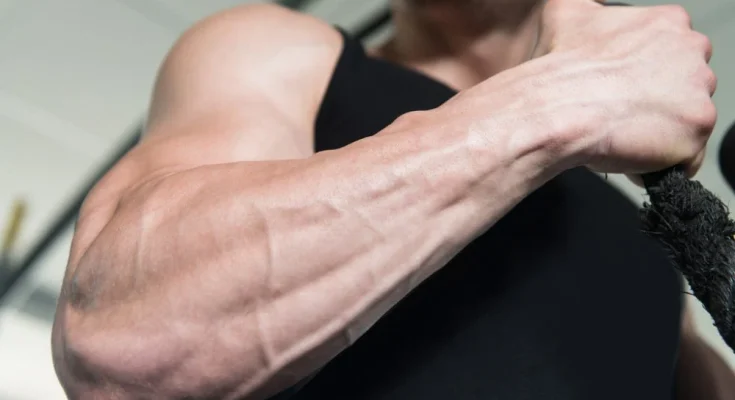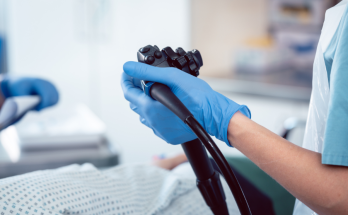Forearm training has evolved from simple wrist curls with dumbbells into a sophisticated discipline requiring specialized equipment designed to target the complex musculature of the lower arm comprehensively. Modern research reveals that individuals with well-developed forearm strength demonstrate 25% better performance in functional lifting tasks and experience significantly lower rates of repetitive stress injuries. The key to effective forearm development lies not just in consistent training, but in utilizing equipment specifically engineered to challenge the diverse muscle groups responsible for grip strength, wrist stability, and rotational power through biomechanically optimized movement patterns.
Understanding Forearm Training Equipment Categories
Grip Strength Development Tools
Grip strength forms the foundation of forearm power, requiring tools that challenge crushing, pinching, and supporting grip patterns. Traditional hand grippers provide basic crushing grip development, while modern adjustable resistance systems offer precise progression control that matches individual strength curves and training goals.
Wrist and Rotational Training Equipment
Wrist strength encompasses flexion, extension, and crucial rotational movements often neglected in conventional training programs. Specialized rotational training tools address these complex movement patterns while providing the variable resistance necessary for progressive strength development and injury prevention.
Finger and Pinch Grip Specialists
Individual finger strength and pinch grip capability require targeted training tools that isolate specific muscle groups while maintaining functional movement patterns. These specialized implements prove essential for climbers, martial artists, and anyone requiring precise hand control and manipulation skills.
Essential Features in Quality Forearm Equipment
Adjustable Resistance Systems
Professional forearm training demands equipment offering precise resistance control that accommodates different strength levels and training phases. Quality tools provide micro-loading capabilities that ensure continuous progression without overwhelming recovery systems or compromising technique quality.
Ergonomic Design and User Comfort
Extended training sessions require equipment designed for comfortable, biomechanically sound positioning that reduces fatigue while maximizing training effectiveness. Poorly designed tools can create discomfort that limits training intensity and potentially contributes to overuse injuries.
Durability and Construction Quality
Serious forearm training places significant demands on equipment, requiring construction standards that withstand intensive use while maintaining consistent performance. Professional-grade materials ensure long-term reliability and training consistency.
Selecting the Right Equipment for Your Goals
Assessment of Individual Needs
Effective equipment selection begins with honest assessment of current forearm strength, specific weaknesses, and training objectives. Different sports and activities place varying demands on forearm musculature, requiring tailored equipment choices that address specific performance requirements.
Progressive Equipment Integration
Building a comprehensive forearm training arsenal requires systematic equipment acquisition that supports progressive skill development and training advancement. Starting with fundamental tools and gradually incorporating specialized equipment ensures optimal training progression.
When building an effective forearm training setup, selecting quality equipment from reputable sources becomes crucial for achieving meaningful results. Professional forearm workout tool collections provide the comprehensive range of equipment necessary for targeting all aspects of forearm development through scientifically-based training approaches.
Budget Considerations and Investment Strategy
Quality forearm training equipment represents a long-term investment in performance and injury prevention. While initial costs may seem significant, professional-grade tools provide years of reliable service while delivering the precise resistance control necessary for meaningful strength development.
Training Integration and Program Design
Structured Progression Protocols
Effective forearm training requires systematic progression that gradually increases training demands while allowing adequate recovery. Quality equipment enables precise load management that supports consistent adaptation without overtraining or plateau development.
Frequency and Volume Management
Forearm musculature responds well to frequent, moderate-volume training sessions rather than infrequent, high-intensity workouts. Proper equipment selection supports this training approach while maintaining engagement and motivation throughout extended development cycles.
Maintenance and Longevity Considerations
Equipment Care and Preservation
Quality forearm training tools require minimal maintenance but benefit from basic care practices that preserve functionality and appearance. Regular cleaning, proper storage, and periodic inspection ensure optimal performance and extended equipment lifespan.
Upgrade Planning and Equipment Evolution
As strength levels advance and training goals evolve, equipment needs may change to support continued development. Planning for equipment upgrades ensures training programs remain challenging and effective throughout different development phases.
Frequently Asked Questions
Q: What essential forearm training tools should beginners start with? A: Beginners benefit most from adjustable hand grippers, a quality wrist roller, and basic finger extension trainers that address fundamental strength patterns before advancing to specialized equipment.
Q: How much should I expect to invest in quality forearm training equipment? A: A comprehensive basic setup typically costs £50-150, while professional-grade collections can range £200-500+ depending on specialization level and equipment variety.
Q: Can forearm training tools help prevent computer-related repetitive stress injuries? A: Yes, balanced forearm training that strengthens both flexors and extensors can significantly reduce risk of conditions like carpal tunnel syndrome and tendinitis.
Q: How often should I use forearm training equipment for optimal results? A: Most individuals achieve best results training forearms 2-3 times per week with quality equipment, allowing adequate recovery while maintaining consistent stimulus.
Q: What’s the difference between basic and professional-grade forearm equipment? A: Professional equipment typically offers superior adjustability, durability, ergonomic design, and precise resistance control that supports advanced training protocols and long-term development.
Conclusion
Quality forearm workout tools represent essential investments for anyone serious about developing complete lower arm strength, preventing injuries, and enhancing athletic performance. Through careful selection of equipment that addresses grip strength, wrist stability, and rotational power, individuals can build comprehensive training arsenals that support long-term development goals while providing the precision and reliability necessary for consistent progress and optimal results.




